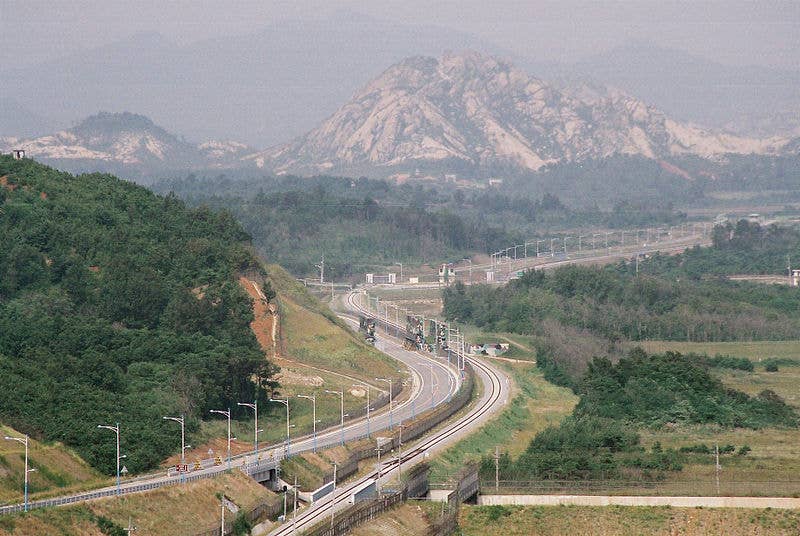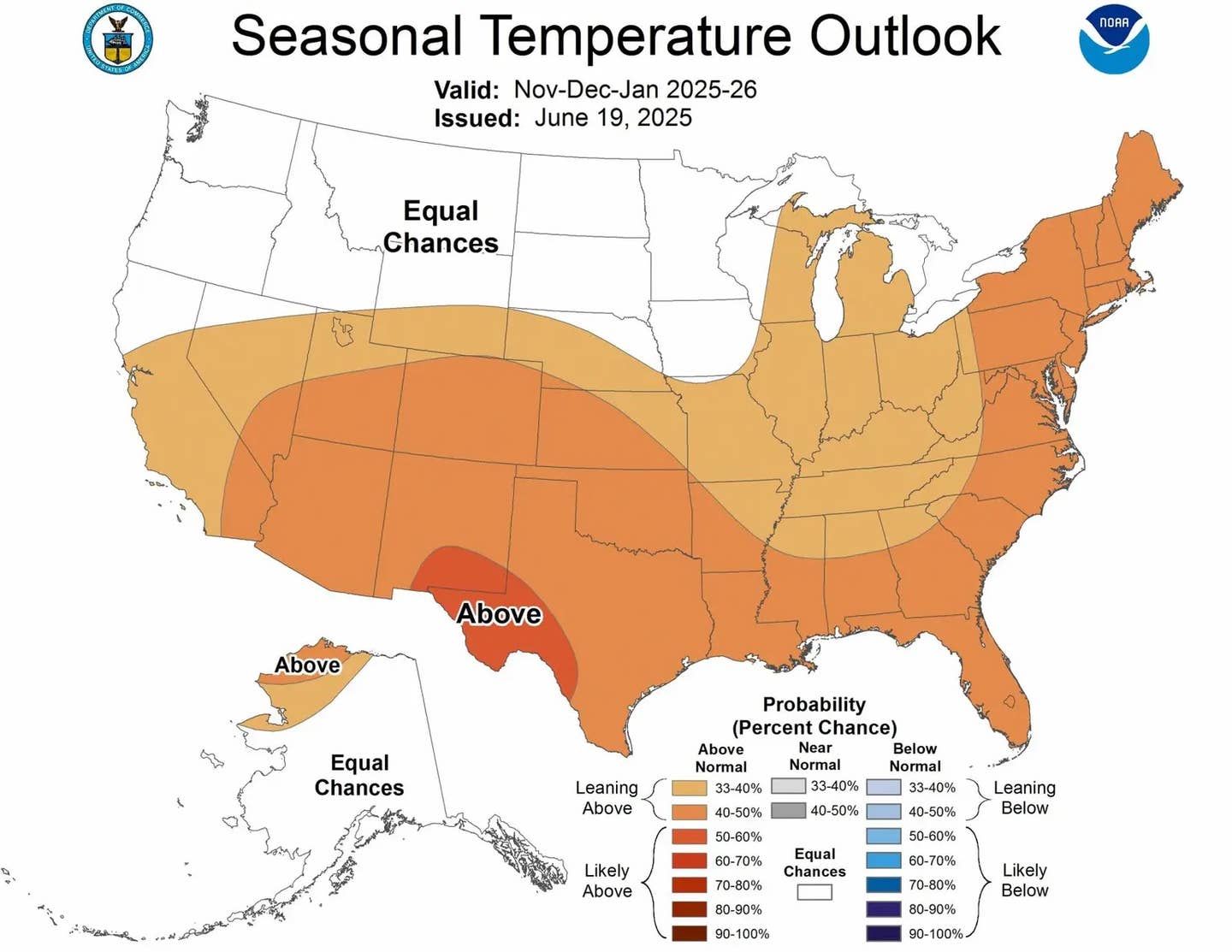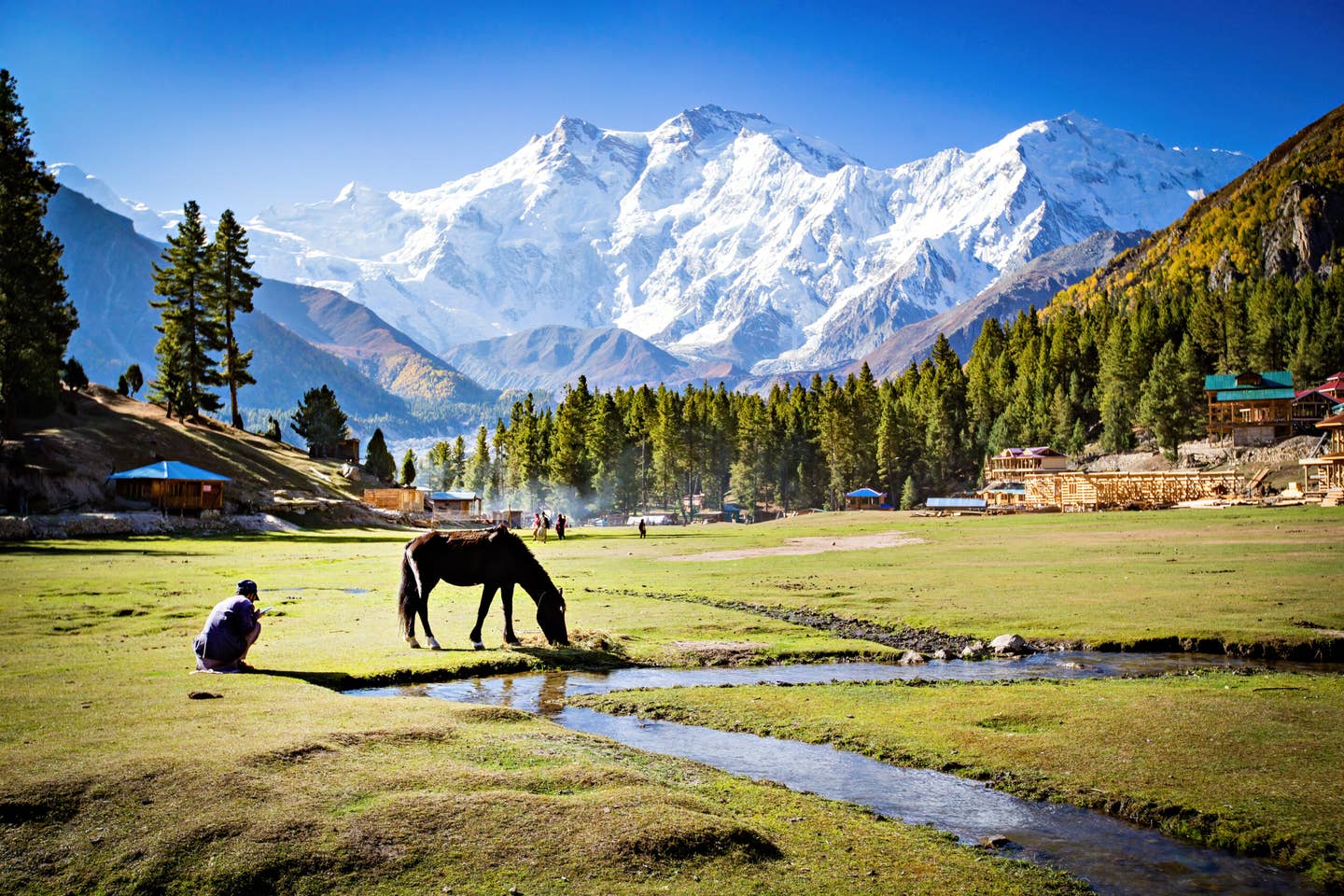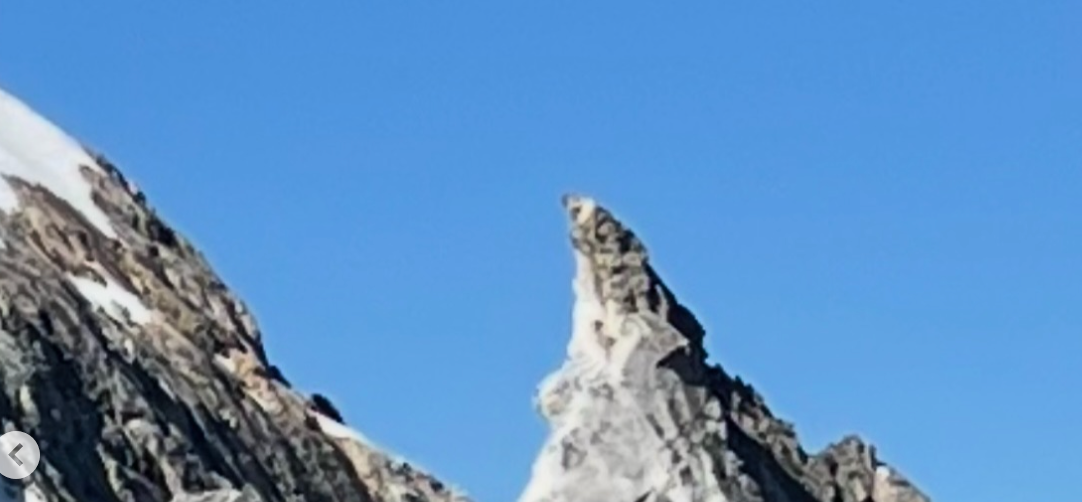

South Korea Opens New Hiking Trails in the DMZ
Popular Stories
 The Korean Demilitarized Zone. Wikimedia Commons photo.
The Korean Demilitarized Zone. Wikimedia Commons photo.
For most, the demilitarized zone represents a place of constant tension. A 160-mile-long stretch of land that spans the Korean peninsula, it is a place where two countries fight a silent but active war. A land where two million mines litter the ground like leaves, the DMZ will also be the location of three new hiking trails set to be opened by South Korea.
According to
CNN Travel, on April 28, a small group of South Korean hikers, accompanied by military vehicles and armed guards, were the first group of tourists to set foot in the DMZ in over 60 years. Led on a 1.25-mile hike to the Mount Kumgang Observatory, guides explained to the tourists how the location, the site of some of the most fierce fighting during the Korean war, has turned into a peaceful sanctuary for a great range of species. In fact, 6,000 different species of flora and fauna and nearly 50% of all endangered species in Korea call the barbed wire and landmines of the DMZ home. The so called “Peace Trails” also allow tourists to glimpse the mythical Mount Kumgang. The mountain, a series of sharp granite peaks periodically cut by great waterfalls, has captured the imagination of Koreans and foreigners for hundreds of years.
Join Our Newsletter
 Train through the DMZ. Jeon Han/Korean Culture
Train through the DMZ. Jeon Han/Korean Culture
To hike the trails, adventurous hikers will need to enter into a South Korean lottery that randomly picks hikers lucky enough to venture into this perverse Shangri-la. Groups of 20 will be sent out with guides and military escorts, and may be lucky enough to observe water deer, mountain goats, and even the endangered Amur Leopard.

Amur Leopard. Far Eastern Leopard Programme






